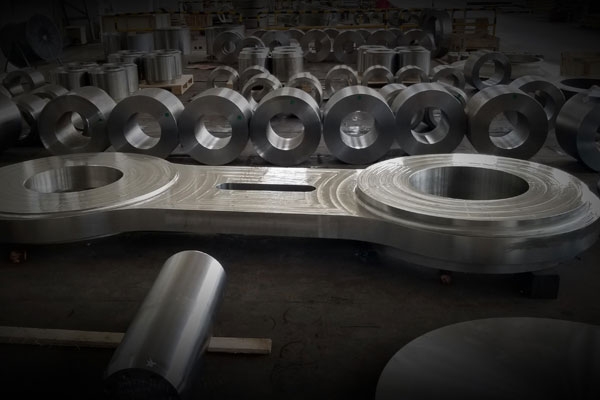Why choose the PTA welding from Shanghai Duomu?
It can be provided through a special process of Plasma Transfer (PTAW) performance by overlaying Tungsten Carbide to increase the wear resistance.
For surfacing product applications, tungsten carbide is 60-70 % and the rest of the matrix is NiB. Primary carbides range in size from 60-325 mesh (44-250 microns) and have a hardness of HV 2700-2900. The overall hardness of the NiB matrix is HRC 45-55.
This solution is specially designed for surfacing applications. The combination of the high hardness of the original carbide and the high toughness of the matrix makes the wear resistant product ideal for high impact applications. Its service life is 5-6 times that of conventional products.
Duomu Shanghai would provide specially formulated tungsten carbide cladding (TCO) that can be applied to any cast or fabricated part surface by the transfer plasma arc welding (PTAW) process to improve the wear resistance of the part.
In the use of wear conditions, enhance its surface wear resistance. PATW This type of cladding has a lifetime 5-6 times longer than chromium carbide cladding.
Typical applications for this cladding are mud lines, mud pump suction and discharge spools, wear-resistant spools, hammer heads, nozzles.

PTA stands for Plasma Transferred Arc Welding, which is developed on the basis of the GTAW process. It is a tool that can be more easily automated to produce higher quality welders and welds by precisely controlling key welding parameters. It is ideal for surfacing and cladding in heavy industrial sectors such as oil and gas, mining and energy production. It works by initiating a high-density plasma transfer arc with enough energy to clad metal workpieces and metal-filled powders. The pilot arc is created by arc ionization of inert gases (argon, helium, hydrogen, etc.) with a tungsten electrode and torch nozzle. By reducing the nozzle discharge plasma gas, the pilot arc becomes a transfer arc.
Post time: Nov-10-2022